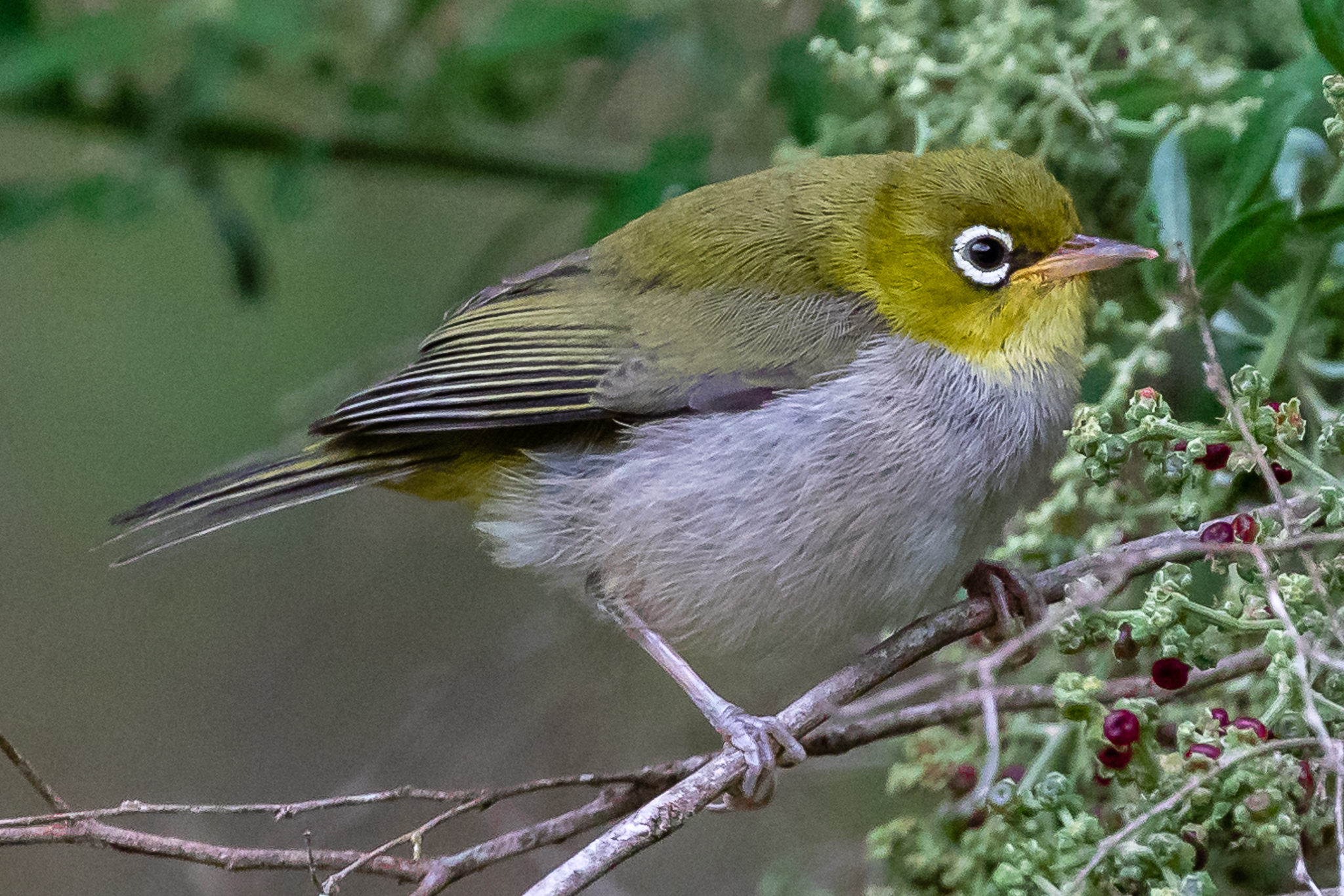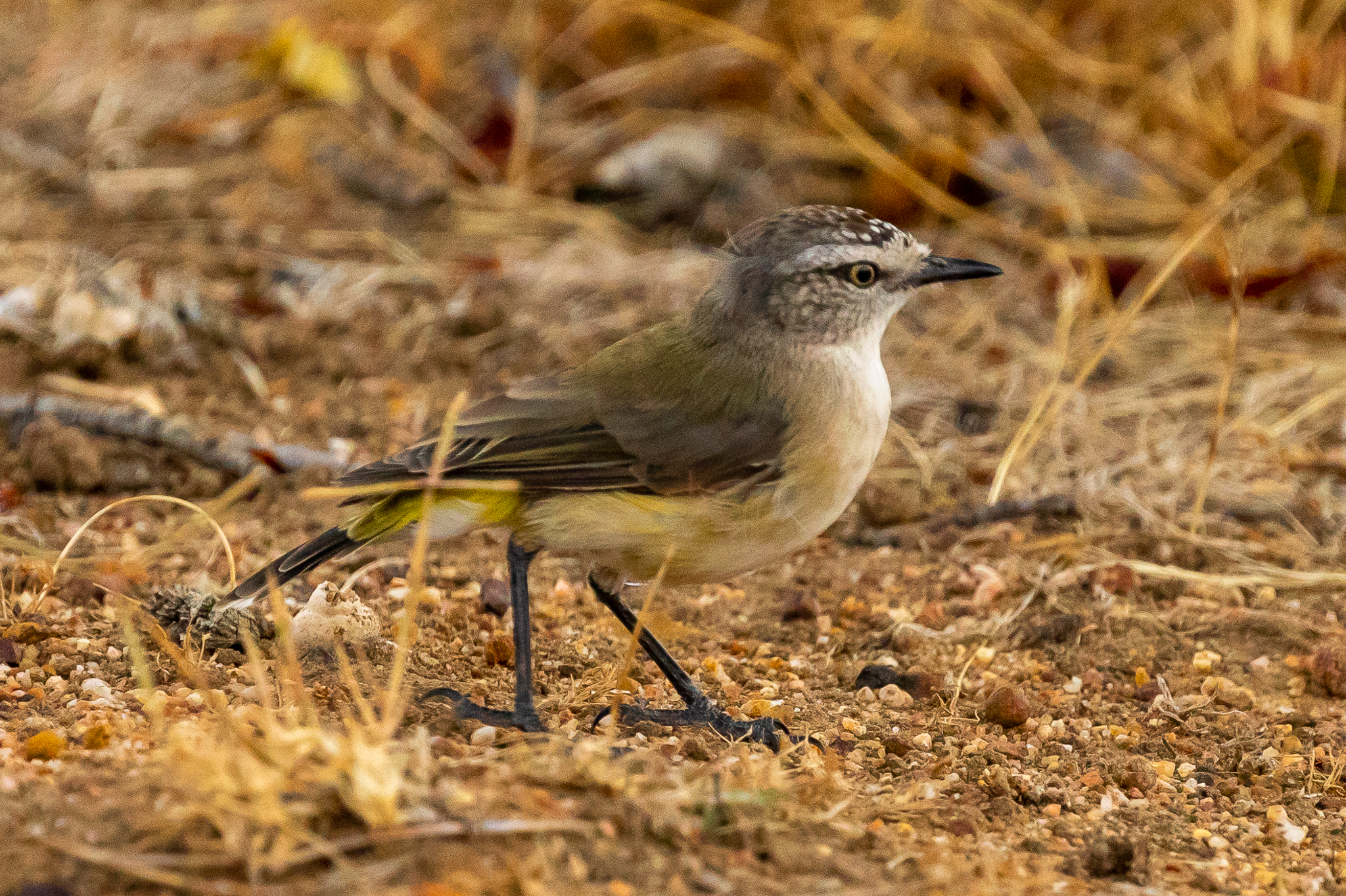Albany Western Australia
Albany on the south coast of Western Australia has views of sea-birds, the south-western endemic birds and is a departure point for Southern Ocean pelagic trips. Nearby viewing sites include the Two Peoples Bay Nature Reserve where the Noisy Scrub-bird, believed extinct, was rediscovered in 1961. In the city Lake Seppings and Kaglan River are good locations.
Link to “Birdwatching around Albany”.
Photo: The Red-eared Firetail is confined to this far SW corner of Australia, feeding on seeds in low undergrowth or on ground. Link to “Blog: Lake Seppings” for photo of a juvenile Red-eared Firetail.
Carnaby’s Black-Cockatoo (60 cm) is also known as the Short-billed Black-Cockatoo. This distinguishes it from that other rare and endangered resident of the south-west, Baudin’s Black-Cockatoo, descriptively named the Long-billed Black-Cockatoo.
The Western Golden Whistler is another Australian species which has diverged at the extremes of the continent. There is controversy as to this birds relationship with the Golden Whistler of other areas.
The White-breasted Robin is endemic to the south west corner. This bird had just plucked an ant off the ground on the Ellen Cove Board Walk at Middleton Beach, Albany.
The Western Rosella provides a beautiful variation of the Rosella’s colouration. This bird sports the coloration of the far-south-west region, with a blue-green back. The back colour grades into red towards the north-west.
The Western Silvereye varies from other Australian races of SIlvereye having a back coloured olive green rather than blue-grey.
The Common Bronzewing is indeed common around Albany, with its low booming ship’s foghorn call.
Western Magpie, a race of the Australian Magpie, male.
Western Magpie, a race of the Australian Magpie, female
The South-West race of Grey Fantail is known for the darker colouration of its back.
A Red-winged Fairy-wren (16 cm) perched by the path at Lake Seppings.
Yellow-rumped Thornbills are especially common in the open fields and farmlands to the north of Albany.
The eastern White-naped Honeyeater has a distinctive red eye crescent but in the Western White-naped Honeyeater the eye colour is light blue to almost white, as is apparent in this bird.
The New Holland Honeyeater is common around the south-east, southern and south-west coastlines of Australia. Often seen close to the beach.
This Inland Thornbill (10 cm) was also by the path at Lake Seppings.
The “Twenty-eight Parrot”, named for its three note call, is one of the Australian Ringneck (38 cm) races found in the south-west area.















